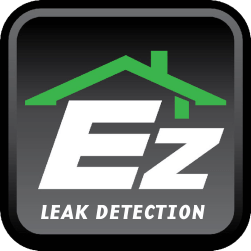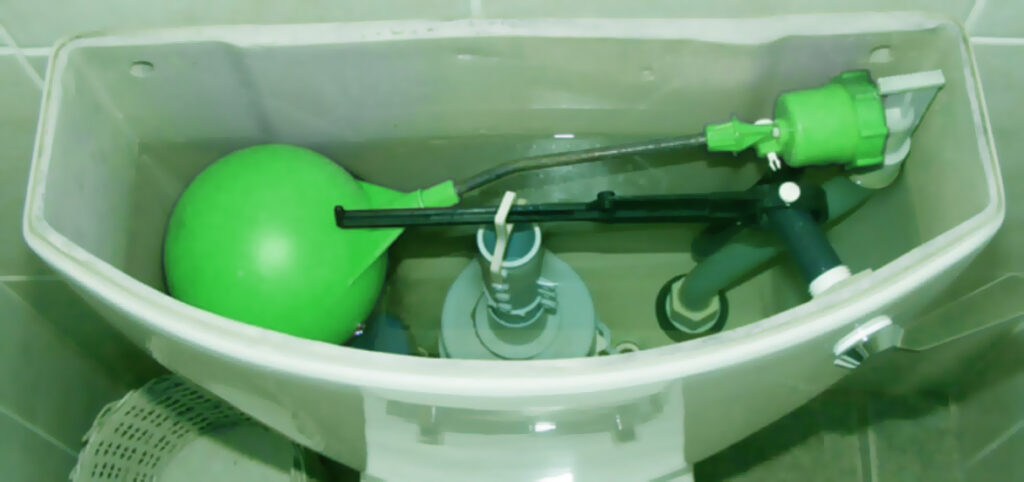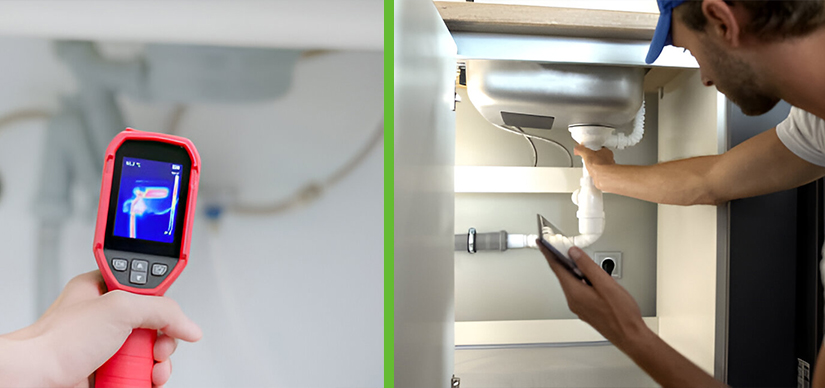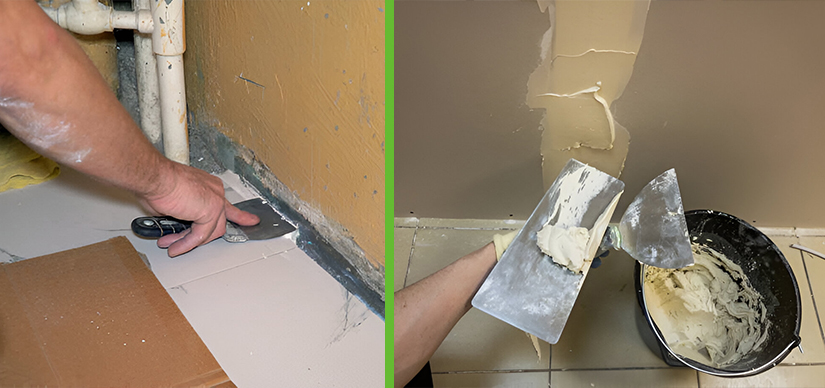Check The Water Supply Line
Check whether you can see any water dripping from the joint where the tank and the water supply line meet. If there is no visibility of dripping of water, test it with your fingers for drips.
Also, check whether the jamb nut of the water supply line is loose or not. If it is, slowly tighten it with an adjustable wrench. It is important that you do it with care because it can break or crack in case you overtighten it.
If the leak still didn’t stop, you can try replacing the fill valve assembly. Turn off the water supply to the tank using the shutoff valve fixed onto the wall. Then, empty the tank by flushing all the water. Loosen the jamb nut holding the ball cock assembly using a wrench. Then place the new ball cock in the same place and tighten back the new nut. Turn on the water back and see if it fixes the problem.


















